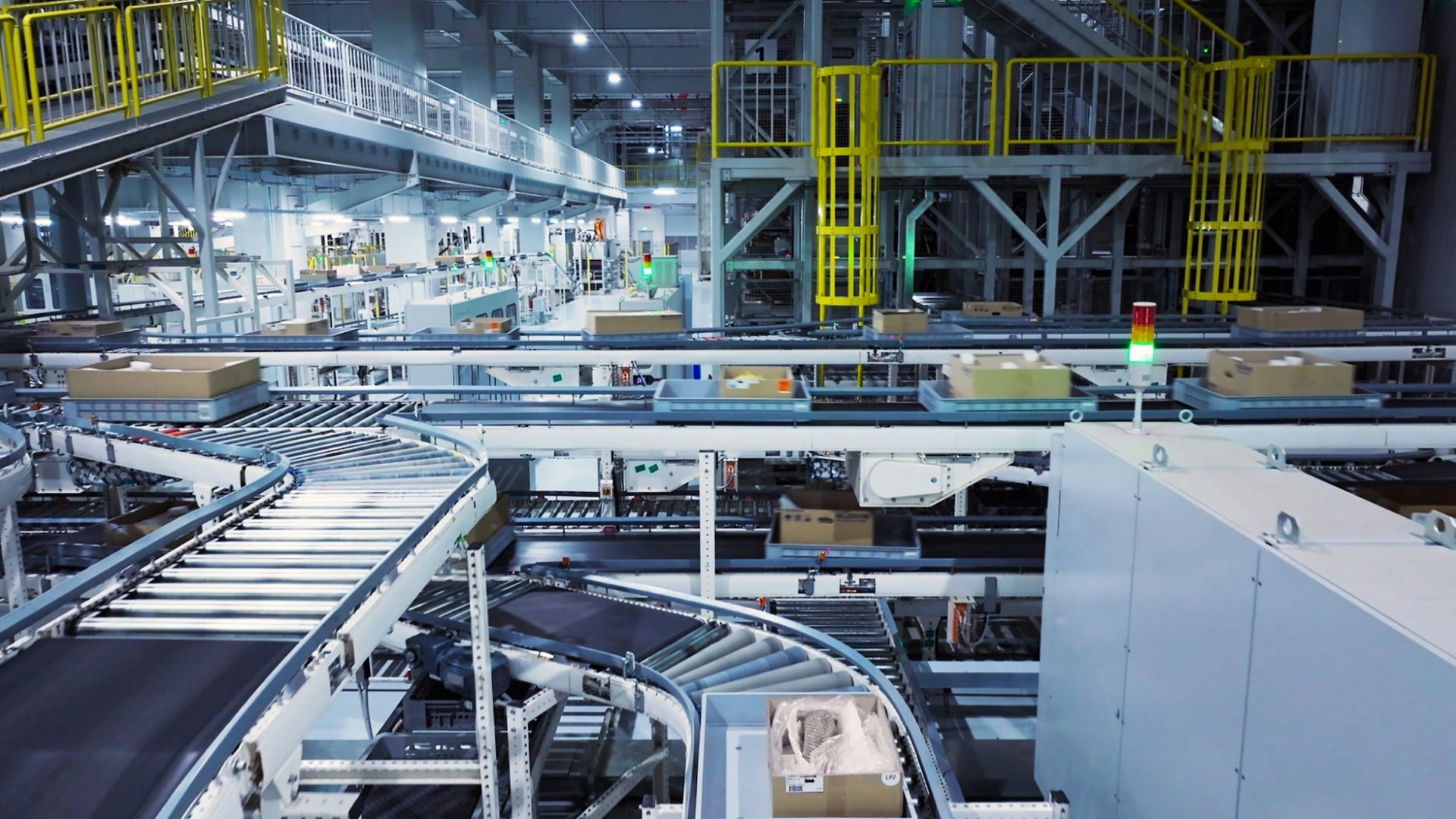In the world of manufacturing, companies face a series of decisions that require capital investment. These decisions can be complex and difficult to make, as a large number of factors must be taken into account.
Two of the most used metrics to evaluate the viability of an investment are ROI (return on investment) and COI (cost of inaction).

ROI vs COI
ROI is a metric that measures the profitability of an investment. It is calculated by dividing the net benefits of an investment by its cost.
For example, if a company invests 100,000 euros in a new machine and the net benefits of the machine are 20,000 euros per year, the ROI is 20%.
COI is a metric that measures the cost of not making an investment. It is calculated by estimating the negative impact that not making the investment will have.
For example, if a company does not invest in a new machine, it may lose market share to competitors who have made the investment. The COI of this decision could be the loss of 10 million euros in sales per year.
Importance of the COI
ROI is an important metric, but it is not the only one that must be taken into account when making an investment decision. The COI is also an important factor that can help companies make more informed decisions.
In the manufacturing world, the COI can be especially important. Manufacturing companies typically have significant capital investments, so the cost of not making an investment can be very high.
For example, a company that does not invest in new manufacturing technology may lose competitiveness and market share. The COI of this decision could be lost customers, decreased revenue, and increased costs.
Therefore, manufacturing companies should carefully consider COI when making investment decisions. By evaluating COI, companies can identify the potential risks of not making an investment and make more informed decisions that help them achieve their goals.
How to calculate COI
To calculate the COI, it is necessary to estimate the negative impact that not making an investment will have. This impact may include:
- Loss of sales
- Loss of clients
- Increased costs
- Decreased productivity
- Loss of competitiveness
- Once the negative impact has been estimated, the COI can be calculated by dividing the impact by the cost of the investment.
How to reduce COI
There are a number of things companies can do to reduce COI, such as:
- Conduct a thorough analysis of risks and opportunities before making an investment decision.
- Evaluate different investment options to find the one with the lowest COI.
- Implement measures to mitigate potential investment risks.
By taking these steps, companies can reduce the risk of losing money by not making an investment.
At AppliediT we help companies see the risks of following a policy of inactivity in the face of digitalization and the losses that this can cause. Therefore, we can confirm that applying data analytics at all levels of the company always leads to an operational improvement greater than the cost of doing nothing.
Share this post






